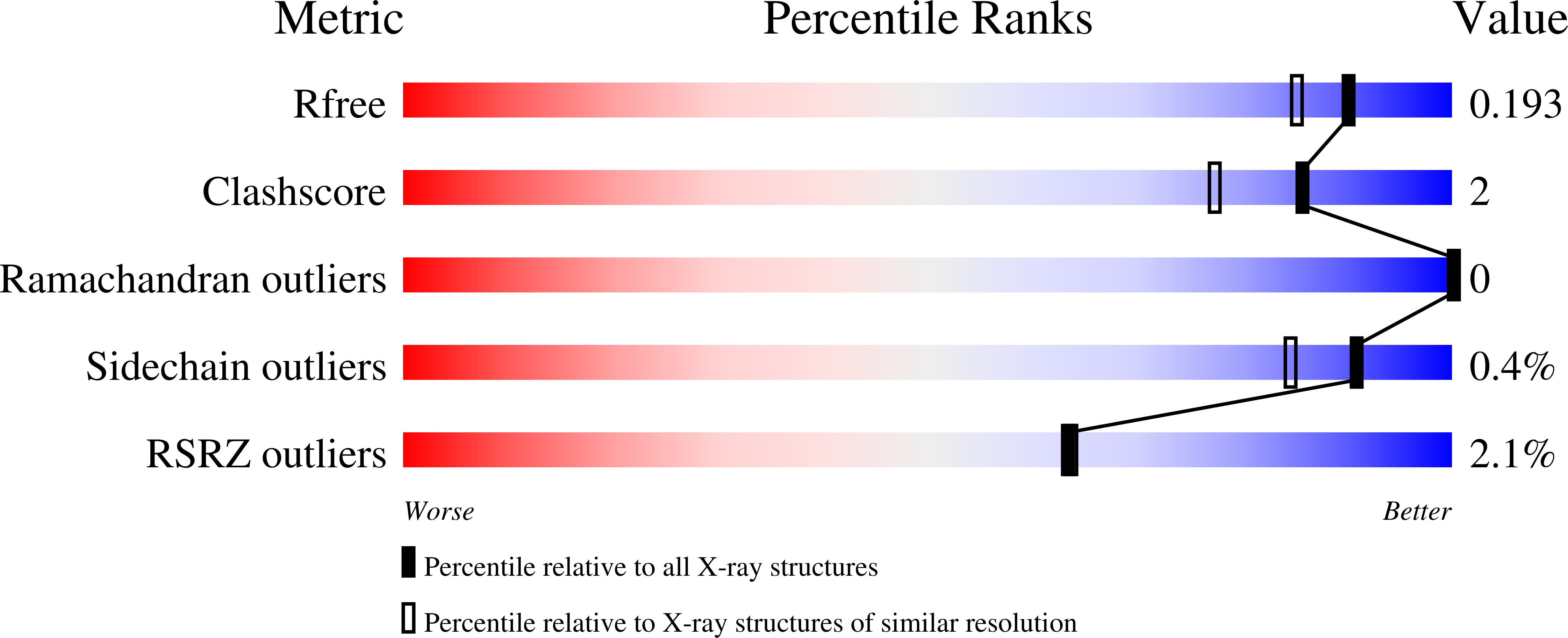
Deposition Date
2014-02-19
Release Date
2015-03-04
Last Version Date
2024-10-09
Entry Detail
PDB ID:
4OZW
Keywords:
Title:
Crystal Structure of the periplasmic alginate lyase AlgL H202A mutant
Biological Source:
Source Organism:
Pseudomonas aeruginosa (Taxon ID: 208964)
Host Organism:
Method Details:
Experimental Method:
Resolution:
1.64 Å
R-Value Free:
0.19
R-Value Work:
0.16
R-Value Observed:
0.16
Space Group:
P 21 21 21


